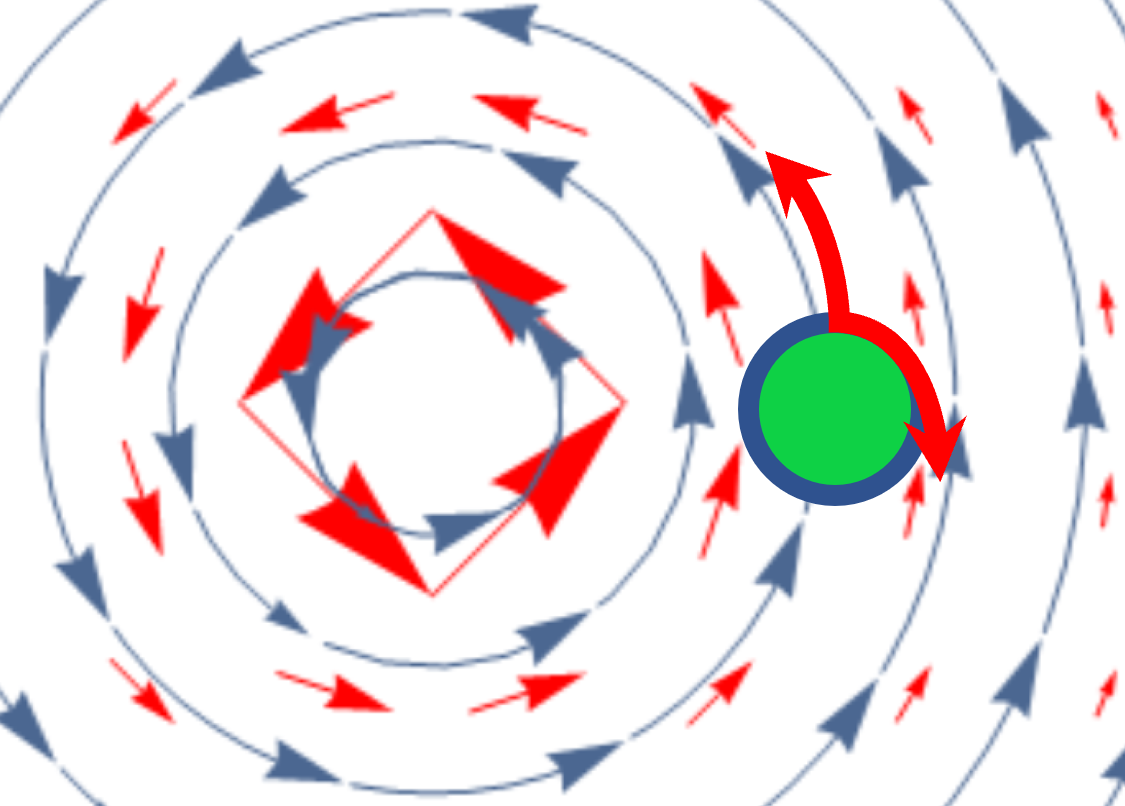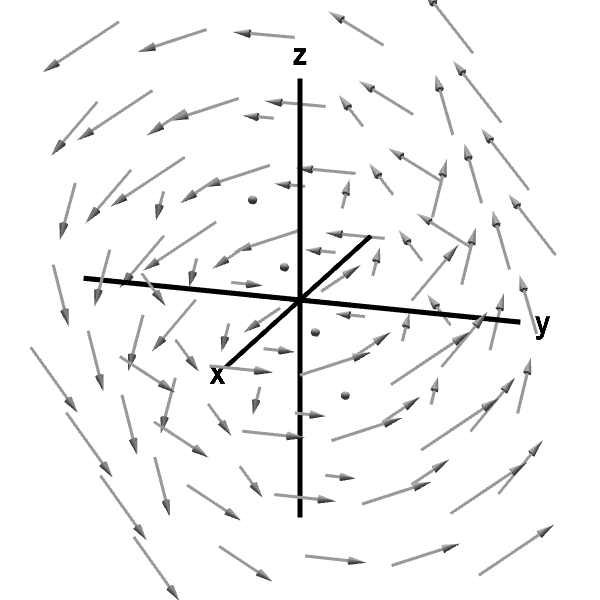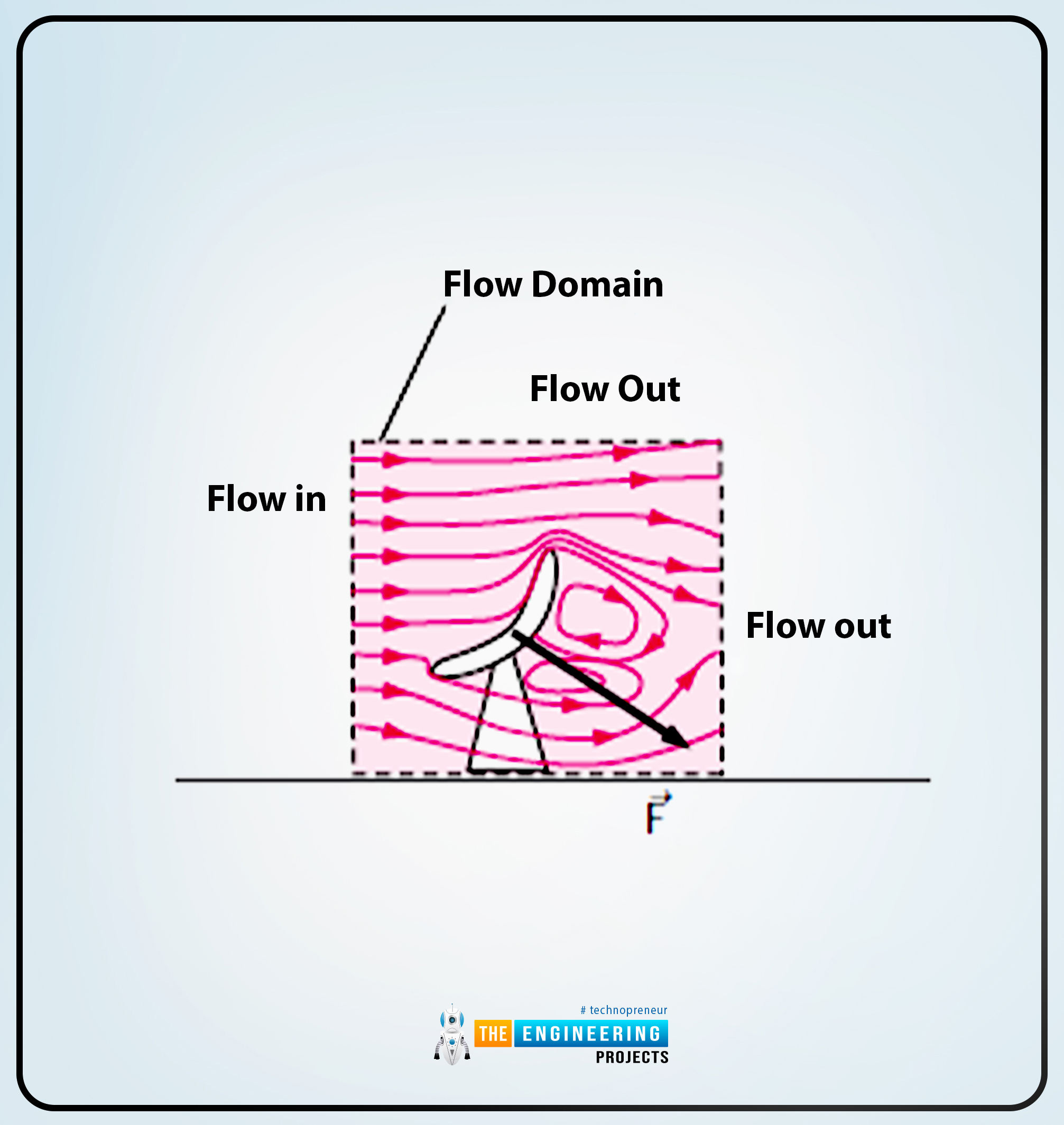Physical Significance Of Curl ,larger Curl, Zero Curl,curl Of Magnetic Field Presentation
| Physical Significance of Curl | ||
|---|---|---|
| The curl of a vector field measures the rotation or circulation of the field at a given point. It provides information about the local rotational behavior of the vector field. The physical significance of the curl is observed in phenomena such as fluid flow, electromagnetism, and vortices in nature. | ||
| 1 | ||
| Larger Curl | ||
|---|---|---|
| A larger curl indicates a stronger rotation or circulation of the vector field. In fluid dynamics, a larger curl represents a region of higher angular momentum or vorticity. In electromagnetism, a larger curl of the electric field can indicate the presence of changing magnetic fields or induced currents. | ||
| 2 | ||
| Zero Curl | ||
|---|---|---|
| A zero curl implies that there is no rotation or circulation of the vector field at a given point. In fluid dynamics, a zero curl signifies a region of no vorticity or angular momentum. In electromagnetism, a zero curl of the electric field indicates the absence of changing magnetic fields or induced currents. | ||
| 3 | ||
| Curl of Magnetic Field | ||
|---|---|---|
| The curl of the magnetic field is directly related to the current density in Ampere's law for magnetostatics. It indicates the presence and strength of magnetic fields generated by electric currents. The curl of the magnetic field is crucial in understanding electromagnetic induction and the behavior of magnetic materials. | ||
| 4 | ||
| Applications - Fluid Flow | ||
|---|---|---|
| In fluid dynamics, the curl is used to analyze fluid flow patterns, such as vortices and eddies. It helps in understanding the behavior of tornadoes, hurricanes, and other atmospheric phenomena. The curl is essential for studying fluid dynamics in engineering, meteorology, and environmental sciences. | ||
| 5 | ||
| Applications - Electromagnetism | ||
|---|---|---|
| The curl plays a fundamental role in Maxwell's equations, describing the behavior of electric and magnetic fields. It is used to analyze the propagation of electromagnetic waves and the behavior of antennas. The curl of the magnetic field is crucial for understanding the generation and behavior of electric currents. | ||
| 6 | ||
| References (download PPTX file for details) | ||
|---|---|---|
| Griffiths, D. J. (1999). Introduction to Elec... Arfken, G. B., Weber, H. J., & Harris, F. E. ... Your third bullet... |  | |
| 7 | ||





